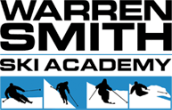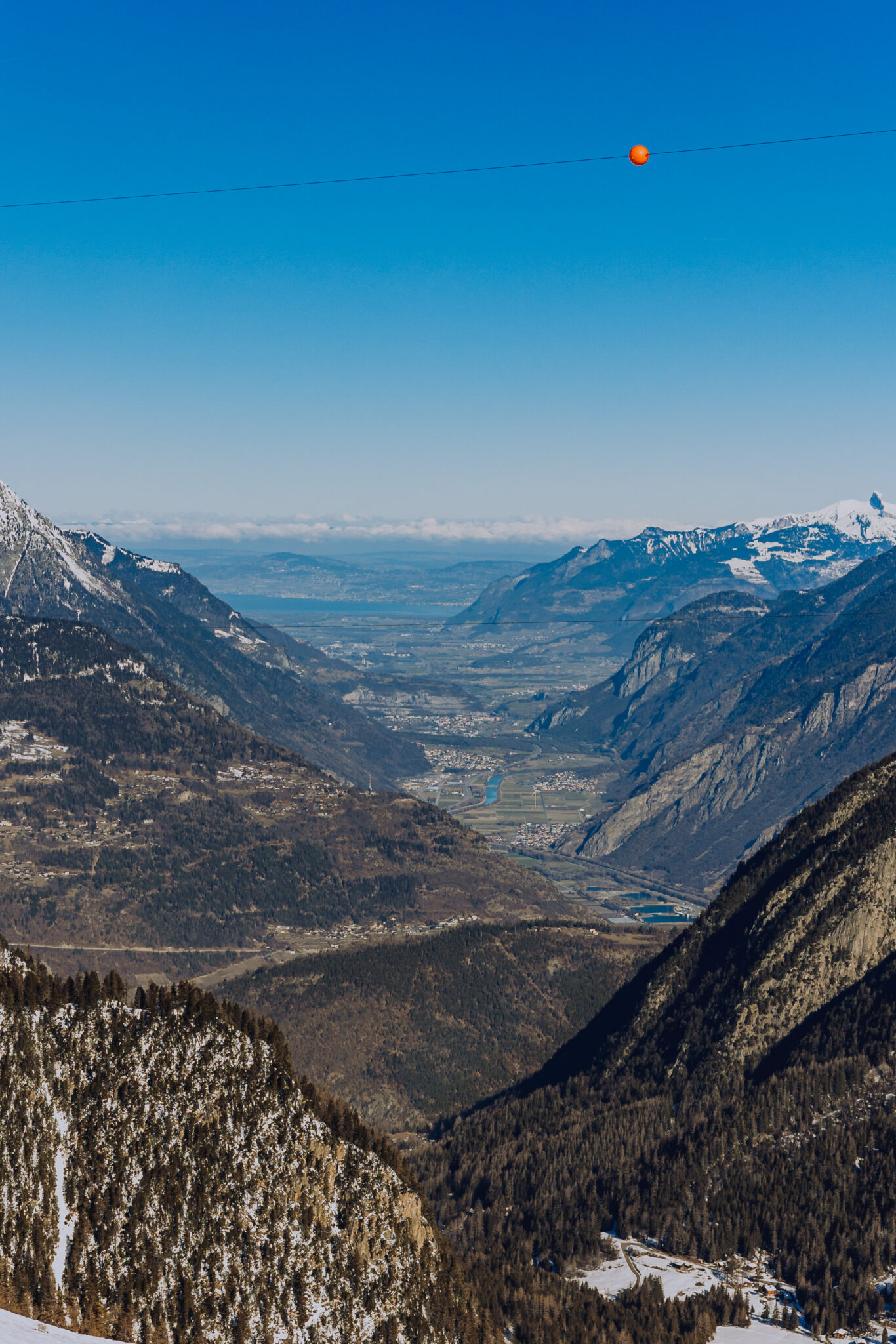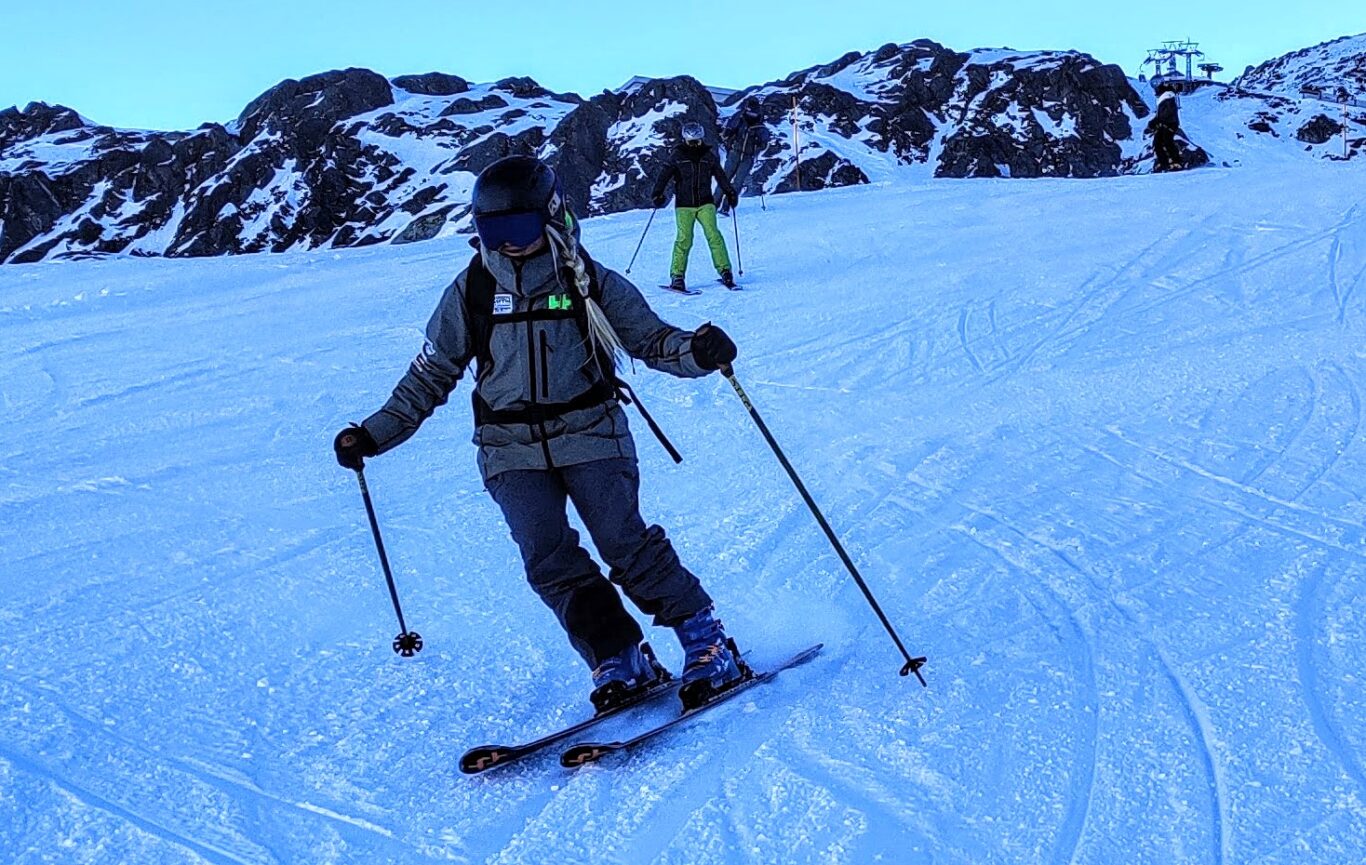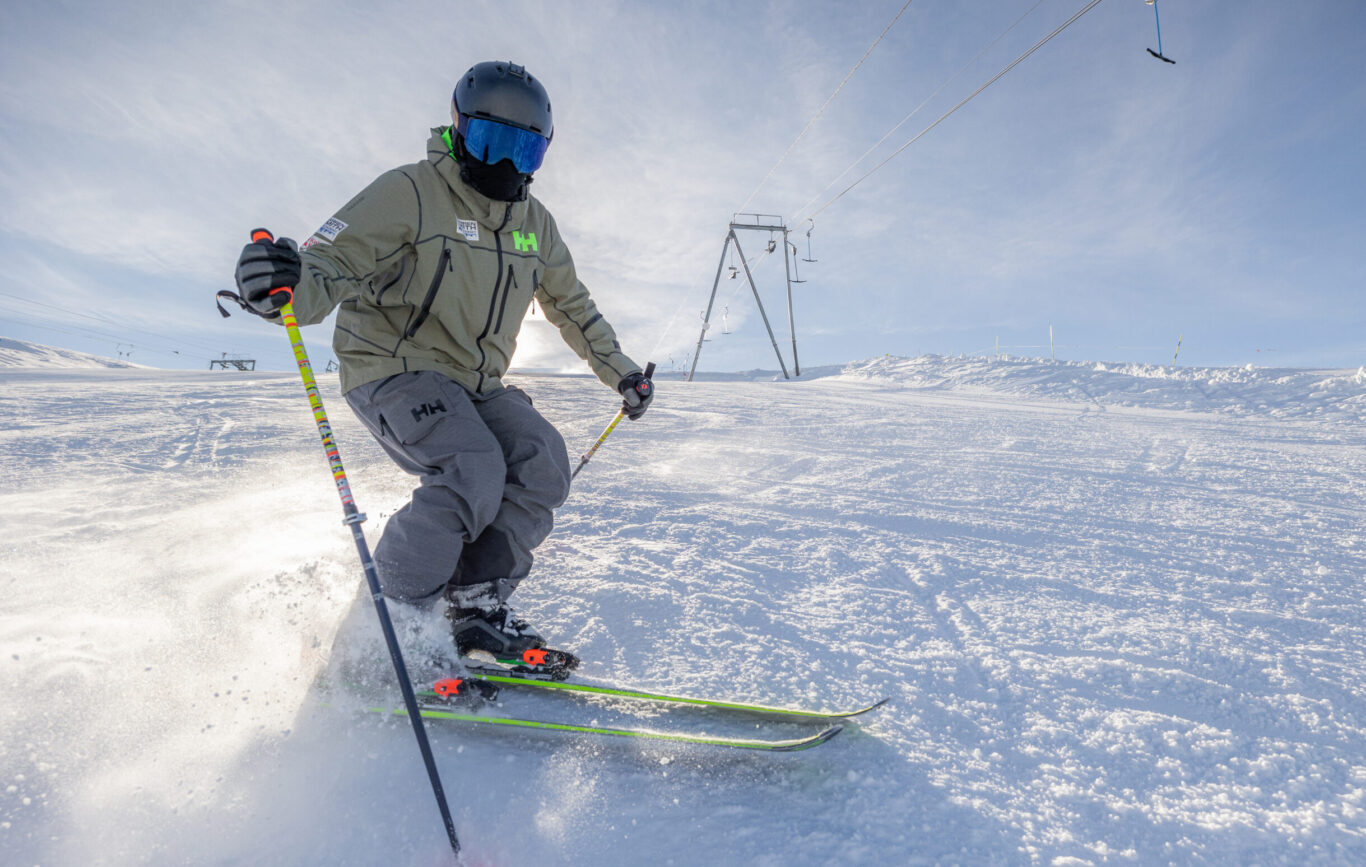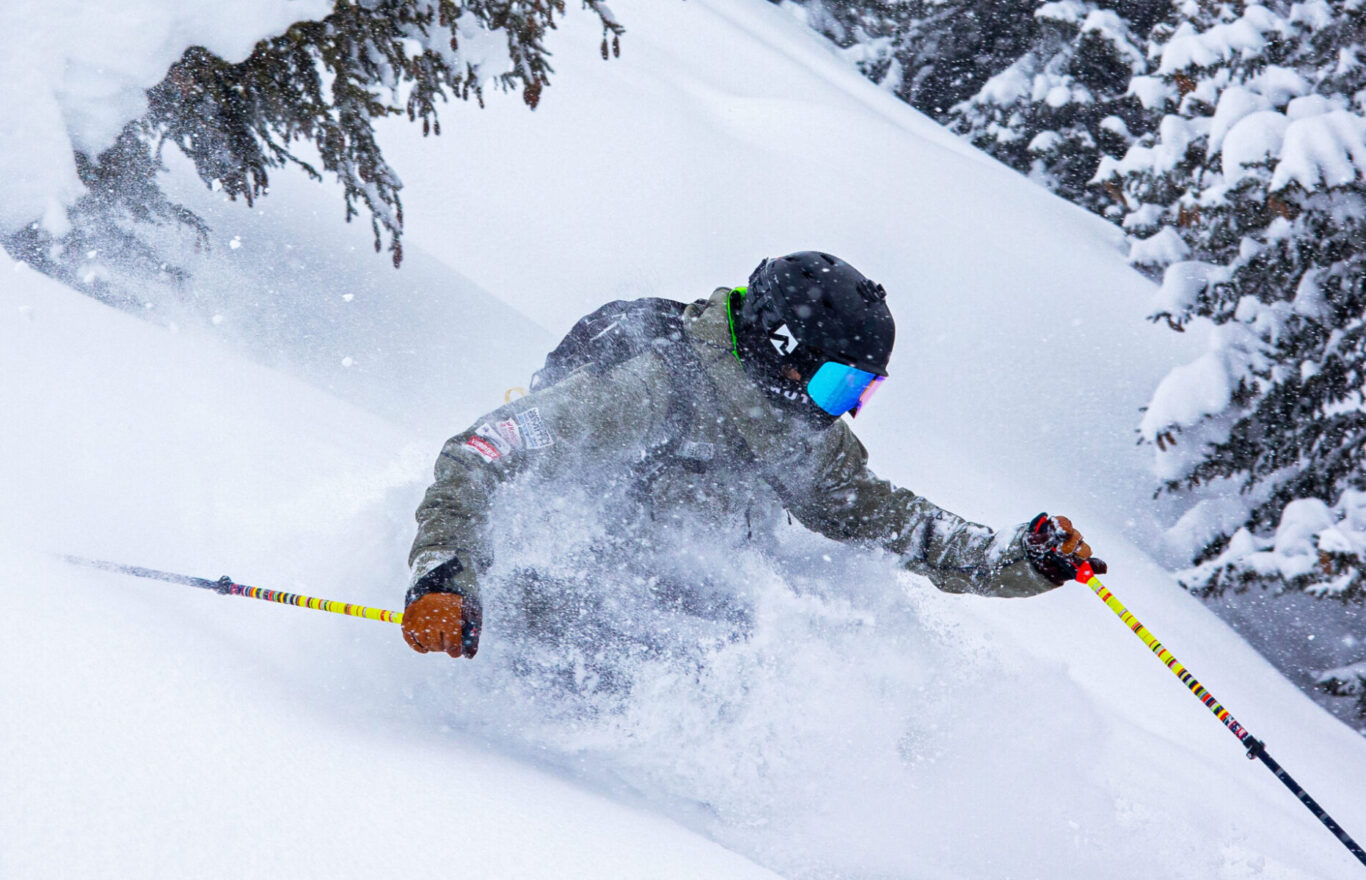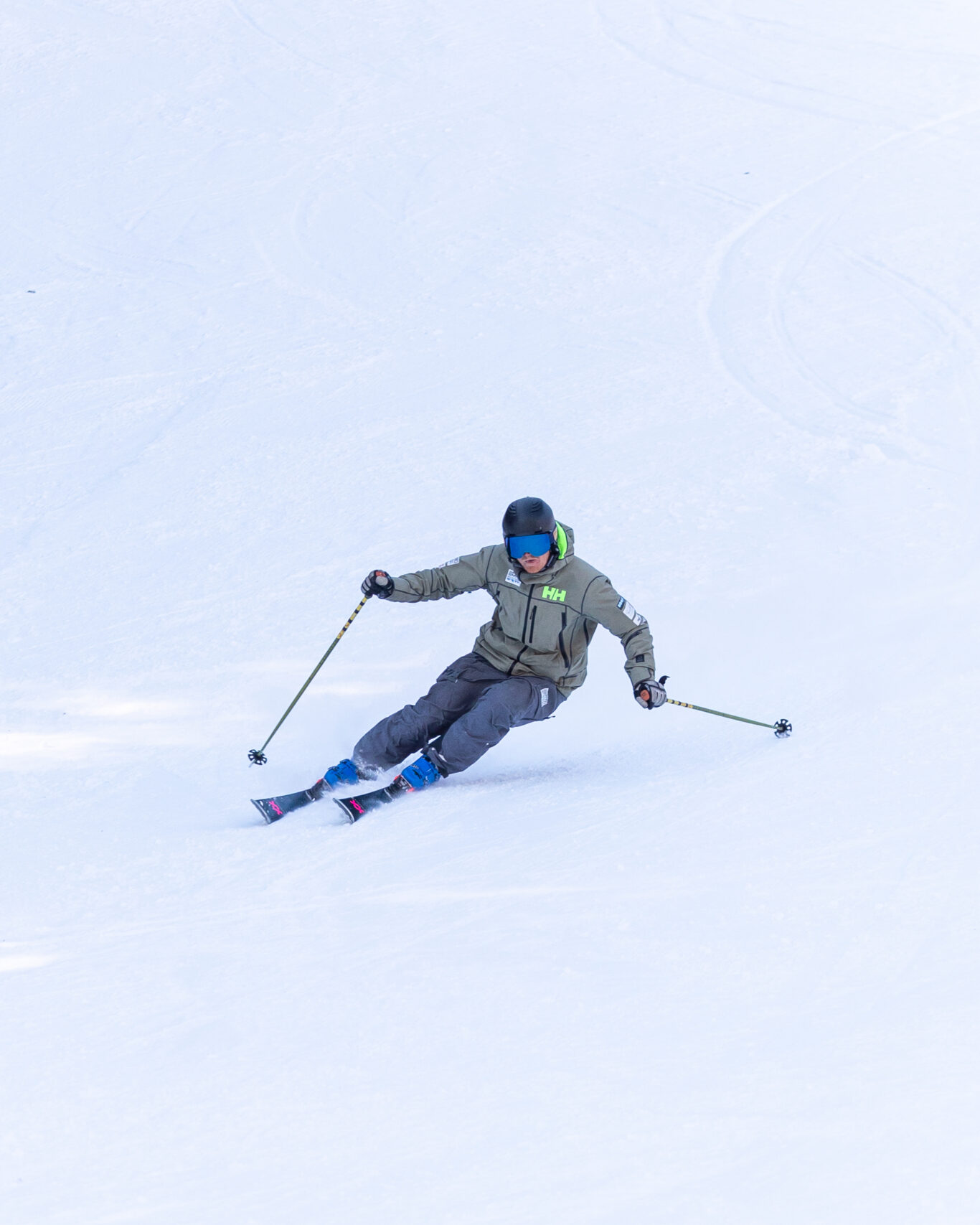It’s an aim of many people to improve their skiing technique, whether for practical use of being able to ski faster, steeper and for longer or for the feeling of just being a better skier in the crowd you ski with. Either way, people are always striving to develop their ski technique. The main problem people face with this is getting the opportunity to practice technically and physically in an active skiing position.
With most skiers getting between one and three weeks skiing time per year it doesn’t offer the same opportunities as say Golf and Tennis to get consistent practice. What a lot of skiers find is that it usually takes one or two days of their first holiday just to find their feet, let alone have time to develop their technique further.
Because of this skiers need to find alternative training programs to improve their skiing endurance, strength and technical ability. Dry Land Training for skiing is something that can be used all year round and is not reliant on snow or artificial ski slopes. By using a simple process of jumping from left to right continuously you can simulate an athletic movement that can feel very similar to skiing in short to medium radius turns.
When you start to take a look at this it can at first seem almost too simplistic, but when you spend some time trying to jump from left to right and set a series of tasks you very quickly find that it’s not as easy as it looks or sounds. Various aspects can be focused on, including a skier’s symmetry and a-frame issues, skier flex pattern in the legs, middle body and core activation for mogul preparation and short radius turns plus tests to improve balance and dynamics such as jumping without using the arms and striving to jump and launch yourself further with greater dynamics and angulation.
To practice this form of ski specific exercise you can either do it in a gym or better still outside on a terrain with a very small incline. The following tasks will give you plenty of time to develop and improve areas of your skiing technique and prepare for your next winter holiday or ski season.
